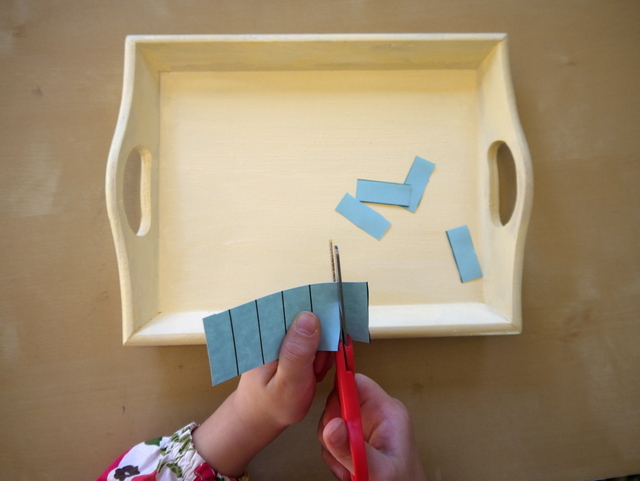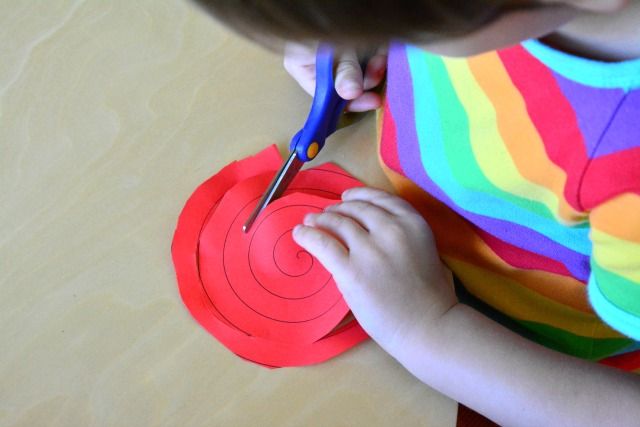Scissor Work
What you'll need:
Child-Safe Scissors
Paper
Worksheet Download
Getting Started:
Scissor exercises are an important part of preschool development that can be started as early as two years old. In fact, cutting exercises build a strong foundation for a number of later developmental skills, as they:
- Build the muscles in the palm of the hand, preparing children for handwriting, drawing and painting, or gripping things like a toothbrush, spoon or fork.
- Enhance eye-hand coordination & Bilateral coordination to promote independent feeding, dressing, and athletics.
To begin teaching scissor skills, first show your child how to open and close their hand within the scissor handles and feel the sensation of cutting a piece of paper. If your child is having difficulty manipulating the scissors, try using other tools such as tongs, eye droppers, tweezers, sponges, or hole-punchers that require the same open-close motion/muscle manipulation.
Next, teach your child how to hold the scissors properly, with their thumb facing up. Your child may need hands on help at first, and will require supervision until their skills are better developed. Take it slow (stopping if frustration overwhelms their learning) and have patience—this is a skill that can take weeks or months to master. Start with only straight cuts/lines, progressing to soft curved lines, wavy lines, and eventually cuts with sharp angles.
Children will also enjoy the opportunity to shake things up and cut things they usually can't. It can be worthwhile to pull together a small box or tray of designated cutting materials that are fair game to cut or practice their skills on. A few ideas include:
- Straws

- Playdough
- Yarn or String
- Ribbon
- Strips of construction paper
- Leaves or other natural elements
- Scissor practice sheets. Click here to download a free worksheet from CMS.
What it teaches:
Fine Motor Skills
Pre-Handwriting Skills
Enhance eye-hand coordination
Bilateral coordination
Independence

Comments